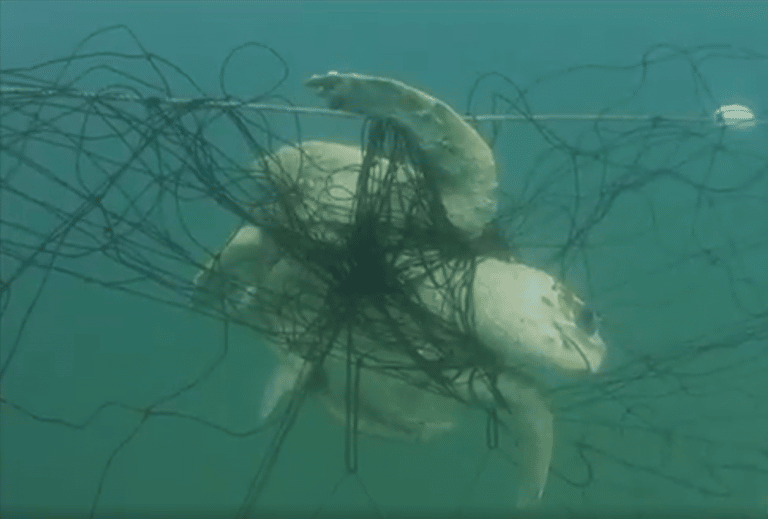SYDNEY 25 MAY 2025: The Queensland Crisafulli government’s ‘new’ Shark Control Program—that will amp up the slaughter of sharks—looks like it was written in the 1900’s and flies in the face of conservation science while doing nothing to improve swimmer safety. The news was revealed today in a Courier Mail...
If you think keeping a quokka or a quoll in your living room is a good idea, we suggest you think again.
Humane Society International is asking Threatened Species Commissioner Gregory Andrews to reconsider his views after he promoted the idea to keep native animals as household pets in The Australian newspaper on 2 February 2017. The Commissioner is suggesting state and territory governments relax their laws on native animal pet ownership.
Eastern barred bandicoot joey. Credit: A. Hindson
There are very good reasons why people are not currently allowed to keep native animals as pets. Relaxing the laws would have serious repercussions for both conservation and animal welfare.
Native animals belong in the wild; they do not belong in back yards, hutches and cages. They have specialist welfare needs which are best met in their native habitats. Diets, social well-being, wild instincts and behaviour will all be compromised if kept as pets. You ask any wildlife rescuer – native animals are really difficult to look after. You cannot expect non specialists to care for native wildlife without opening up a new front of animal welfare and cruelty problems. Mistreatment, albeit unintentional is inevitable.
Native animals are wild animals with wild behaviours. You cannot domesticate them – that takes many, many generations. So when the novelty of a possum pooing on your sofa wears off, what then?
Breeding companion animals is already a poorly regulated industry with tens of thousands of unwanted dogs and cats abandoned at pounds and euthanized across Australia every year. Yes, tens of thousands. We can predict the rate of native pet abandonment to be high. Already overburdened council pounds and wildlife rescue groups will not be grateful for all the additional native animals that would end up on their door step after impulse buys go wrong.

Agile Wallaby – Wildlife Rehabilitation, Wallaby Gully, QLD
And, no, native pets couldn’t just be released into the bush after becoming accustomed to human presence to unsettle the balance of local ecosystems and introduce disease to wild populations.
This idea is fraught from a conservation perspective too. HSI speaks with experience. Our scientific nominations and submissions are behind the legal protection given to over 70 threatened species in Australia. We know what we are talking about when it comes to threatened species protection and we say this idea is ill-advised.
Remembering wildlife trade is one of the biggest global threats to wildlife conservation, it would be very unwise to commercialise our native wildlife and allow them to be traded. The history of wildlife conservation has repeatedly shown that legal trade in wildlife acts as a front behind which illegal trade flourishes. A pet trade in orange bellied parrots would have wildlife smugglers and traffickers rubbing their hands with glee.
Possum Rehabilitation at Minton Farm Animal Rescue Centre
In The Australian the Commissioner appears to be suggesting his idea as a cost saving measure. You can’t outsource the government’s obligations to fund nature conservation to the pet owning public! For a start conservation is only truly achieved when species are conserved in their own habitats in the wild, not in people’s living rooms!
We know the Commissioner is on a mission to solve the feral cat problem in Australia and there’s no doubt feral cats pose a problem for threatened species. But you don’t solve one problem by creating another one. Allowing native animals as pets would give rise to multiple, and serious, issues.


